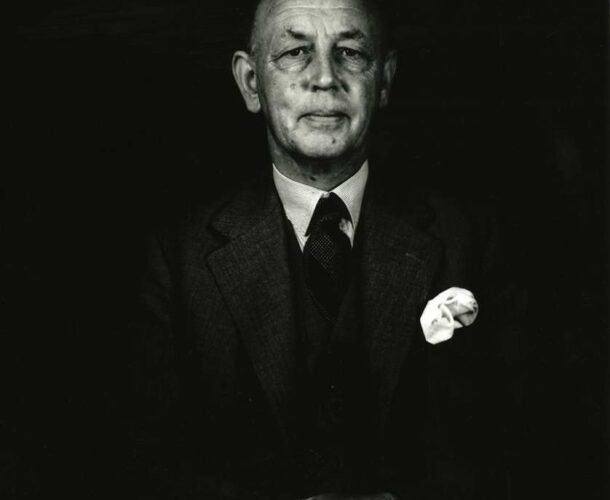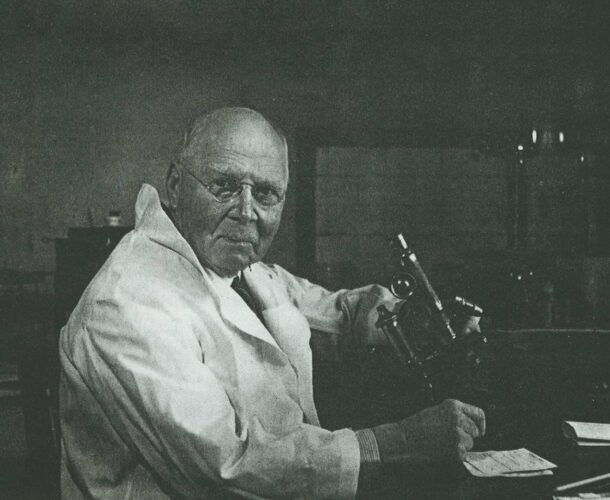Institute director Charles Kellaway is appointed chair of the Royal Commission into the Bundaberg disaster, in which 12 children from the Queensland town of Bundaberg died after diphtheria vaccinations.
Under Kellaway’s direction, a detailed investigation establishes that human error was responsible and vindicates the general safety of vaccination.
Spotlight on Kellaway, the institute and medical research
The tragedy attracts intense media and community interest.
Kellaway’s handling of the Royal Commission is widely praised, drawing public attention to the institute and increasing Kellaway’s popularity among officials at the newly formed Commonwealth Department of Health. This relationship becomes increasingly important in the push for federal government funding for medical research.
The tragedy also highlights the important role of medical research in community life.
New, safer measures for vaccination
The investigation finds that a multi-use bottle of toxin-antitoxin had been improperly stored and reused. As a result of these findings, steps are taken to reduce the potential for human error in the manufacture, delivery and storage of vaccines.
The toxin-antitoxin immunisation against diphtheria is replaced almost immediately with a diphtheria toxoid.






